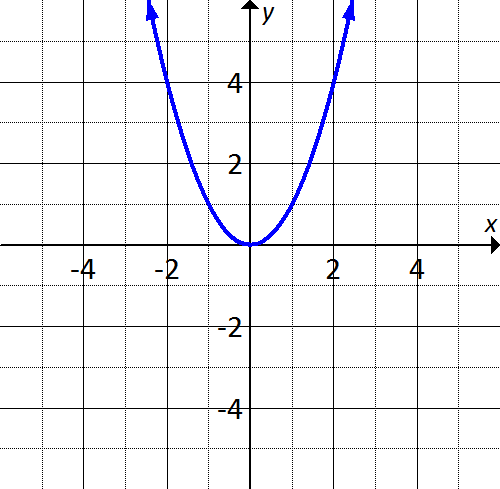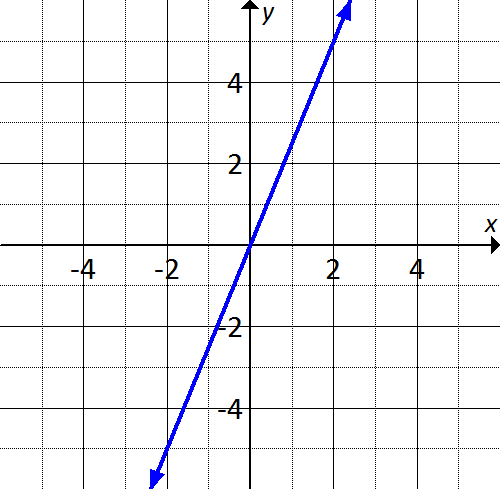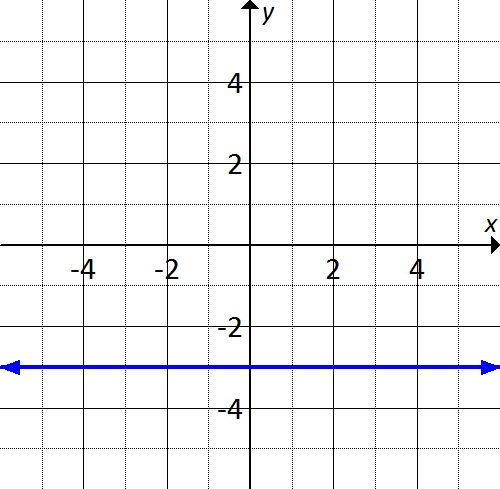Lap 4 Quiz 1

Quiz covering 4-1 Identifying Linear Functions through 4-5 Direct Variation
- 1.
Which of the following functions is NOT a linear function?
- A.
- B.
- C.
- D.
Correct Answer
D. -
- 2.
What is the x-intercept of ?
- A.
2
- B.
3
- C.
6
- D.
Not here
Correct Answer
A. 2Explanation
The x-intercept is the point where a function or equation intersects the x-axis. In this case, the x-intercept is 2 because it is the only option provided that could be a valid x-intercept. The other options, 3 and 6, are not x-intercepts because they are not points where the function or equation crosses the x-axis. The option "not here" is not a valid choice for the x-intercept either, as it does not provide a numerical value.Rate this question:
-
- 3.
Which is the graph of the line described by the equation ?
- A.
- B.
- C.
- D.
Not here
Correct Answer
C. -
- 4.
Which of the following set of ordered pairs satisfy a linear function?
- A.
(–2, 5), (–1, 2), (0, 1), (1, 2), (2, 5)
- B.
(–4, 1), (–2, 2), (0, 4), (2, 6), (4, 8)
- C.
(2, 5), (4, 1), (6, –3), (8, –7), (10, –11)
- D.
(–2, 2), (–1, 1), (0, 0), (1, 1), (2, 2)
Correct Answer
C. (2, 5), (4, 1), (6, –3), (8, –7), (10, –11)Explanation
The set of ordered pairs (2, 5), (4, 1), (6, –3), (8, –7), (10, –11) satisfy a linear function because there is a constant rate of change between each pair of points. The y-values decrease by 4 each time the x-values increase by 2, indicating a consistent slope. This pattern follows the equation y = -2x + 9, which is a linear function.Rate this question:
-
- 5.
At a fair, hamburgers sell for $3.00 each and hot dogs sell for $1.50 each. The equation 3x + 1.5y = 30 describes the number of hamburgers and hot dogs a family can buy with $30. What does the y-intercept represent?
- A.
The number of hamburgers they can buy if they buy no hot dogs
- B.
The number of hot dogs they can buy if they buy no hamburgers
- C.
The cost of x number of hamburgers
- D.
The cost of y number of hot dogs
Correct Answer
B. The number of hot dogs they can buy if they buy no hamburgersExplanation
The y-intercept represents the number of hot dogs they can buy if they buy no hamburgers. This means that if the family decides not to buy any hamburgers, they can use the entire $30 to purchase hot dogs. The y-intercept is the point where the line intersects the y-axis, indicating the value of y when x is equal to zero. In this case, when x (the number of hamburgers) is zero, the equation simplifies to 1.5y = 30, which means they can buy 20 hot dogs.Rate this question:
-
- 6.
What is the slope of a vertical line?
- A.
0
- B.
Undefined
- C.
Positive
- D.
Negative
Correct Answer
B. UndefinedExplanation
A vertical line has no slope because it is perfectly vertical. Slope is defined as the change in y divided by the change in x, but a vertical line has no change in x. Therefore, the slope of a vertical line is undefined.Rate this question:
-
- 7.
The table shows the distance traveled at different times during a car trip. During which time period is the rate of change the greatest?
- A.
Between 0 and 1 hour
- B.
Between 1 and 3 hours
- C.
Between 3 and 4 hours
- D.
Between 4 and 6 hours
Correct Answer
C. Between 3 and 4 hoursExplanation
The rate of change refers to how quickly the distance is changing over time. Looking at the table, we can see that the distance traveled between 3 and 4 hours is 40 miles, while the distance traveled between 4 and 6 hours is 60 miles. Therefore, the rate of change between 3 and 4 hours is greater, as the car traveled a greater distance in a shorter time period compared to the rate of change between 4 and 6 hours.Rate this question:
-
- 8.
What is the slope of a horizontal line?
- A.
0
- B.
Undefined
- C.
Positive
- D.
Negative
Correct Answer
A. 0Explanation
A horizontal line has a slope of 0 because it is parallel to the x-axis and does not rise or fall. The slope of a line is a measure of how steep it is, and since a horizontal line has no steepness, its slope is 0.Rate this question:
-
- 9.
What is the slope of a line that moves down and to the left?
- A.
0
- B.
Undefined
- C.
Positive
- D.
Negative
Correct Answer
C. PositiveExplanation
A line that moves down and to the left has a negative slope. The slope of a line represents the ratio of the vertical change to the horizontal change between any two points on the line. When a line moves down and to the left, the vertical change is negative and the horizontal change is also negative. Therefore, the slope is negative.Rate this question:
-
- 10.
What is the y-intercept of ?
- A.
2
- B.
3
- C.
6
- D.
Not here
Correct Answer
B. 3Explanation
The y-intercept is the point where a line crosses the y-axis. In this case, the y-intercept is 3 because it is the only option given that represents a y-coordinate. The other options either do not have a y-coordinate or are not provided.Rate this question:
-
- 11.
At a fair, hamburgers sell for $3.00 each and hot dogs sell for $1.50 each. The equation 3x + 1.5y = 30 describes the number of hamburgers and hot dogs a family can buy with $30. What does the x-intercept represent?
- A.
The number of hamburgers they can buy if they buy no hot dogs
- B.
The number of hot dogs they can buy if they buy no hamburgers
- C.
The cost of x number of hamburgers
- D.
The cost of y number of hot dogs
Correct Answer
A. The number of hamburgers they can buy if they buy no hot dogsExplanation
The x-intercept in this context represents the number of hamburgers that a family can buy if they choose not to buy any hot dogs. This means that they would spend all $30 on hamburgers alone.Rate this question:
-
- 12.
What is the slope of a line that moves up and to the left?
- A.
0
- B.
Undefined
- C.
Positive
- D.
Negative
Correct Answer
D. NegativeExplanation
The slope of a line that moves up and to the left is negative. This is because the slope represents the ratio of the vertical change to the horizontal change between two points on the line. When a line moves up and to the left, the vertical change is negative and the horizontal change is also negative. Therefore, the slope is negative.Rate this question:
-
- 13.
What is the x-intercept of ?
- A.
−2
- B.
4
- C.
8
- D.
Not here
Correct Answer
B. 4Explanation
The x-intercept is the point where a graph intersects the x-axis. In this case, the x-intercept is 4 because it is the only value given that lies on the x-axis. The other options, -2, 8, and "not here," do not intersect the x-axis.Rate this question:
-
- 14.
What is the slope of a line that moves up and to the right?
- A.
0
- B.
Undefined
- C.
Positive
- D.
Negative
Correct Answer
C. PositiveExplanation
The slope of a line that moves up and to the right is positive. This is because the slope is a measure of how steep a line is, and when a line moves up and to the right, it has a positive slope. A positive slope means that as the x-coordinate increases, the y-coordinate also increases, resulting in an upward movement.Rate this question:
-
- 15.
What is the slope of a line that moves down and to the right?
- A.
0
- B.
Undefined
- C.
Positive
- D.
Negative
Correct Answer
D. NegativeExplanation
The slope of a line that moves down and to the right is negative. This is because the slope represents the ratio of the vertical change to the horizontal change between two points on the line. When the line moves down and to the right, the vertical change is negative (moving downward) and the horizontal change is positive (moving to the right). Therefore, the slope is negative.Rate this question:
-
- 16.
Which is the graph of the line described by the equation ?
- A.
- B.
- C.
- D.
Not here
Correct Answer
A. -
- 17.
Which line has a slope of ?
- A.
- B.
- C.
- D.
Correct Answer
C. -
- 18.
Which line has a slope of ?
- A.
- B.
- C.
- D.
Correct Answer
A. -
- 19.
Which line has a slope of 2?
- A.
- B.
- C.
- D.
Correct Answer
A. -
- 20.
Which line has a slope of ?
- A.
- B.
- C.
- D.
Correct Answer
C. -
- 21.
Find the slope of the line. Then tell what the slope represents.
- A.
Slope = 1; water in tank is rising at a rate of 1 foot per minute
- B.
Slope = −10; water in tank is dropping at a rate of 10 feet per minute
- C.
Slope = −1; water in tank is dropping at a rate of 1 foot per minute
- D.
Slope = 10; water in tank is dropping at a rate of 10 feet every 10 minutes
Correct Answer
B. Slope = −10; water in tank is dropping at a rate of 10 feet per minuteExplanation
The slope of -10 represents the rate at which the water in the tank is dropping, which is 10 feet per minute.Rate this question:
-
- 22.
Find the slope of the line that contains the points (−3, 4) and (5, 2).
- A.
- B.
- C.
- D.
Not here
Correct Answer
C.Explanation
The slope of a line can be found using the formula: slope = (change in y)/(change in x). In this case, the change in y is 2 - 4 = -2 and the change in x is 5 - (-3) = 8. Therefore, the slope of the line that contains the points (-3, 4) and (5, 2) is -2/8 = -1/4.Rate this question:
-
- 23.
Find the slope of the line that contains the points (−3, 4) and (2, 2).
- A.
- B.
- C.
- D.
Not here
Correct Answer
B.Explanation
The slope of a line can be found using the formula (y2-y1)/(x2-x1), where (x1, y1) and (x2, y2) are the coordinates of two points on the line. In this case, the coordinates are (-3, 4) and (2, 2). Plugging these values into the formula, we get (2-4)/(2-(-3)) = -2/5. Therefore, the slope of the line is -2/5.Rate this question:
-
- 24.
Find the slope of the line that contains the points (−3, −5) and (1, 3).
- A.
- B.
- C.
- D.
Not here
Correct Answer
D. Not hereExplanation
The slope of a line can be found using the formula (y2 - y1) / (x2 - x1), where (x1, y1) and (x2, y2) are the coordinates of two points on the line. In this case, the coordinates are (-3, -5) and (1, 3). Plugging these values into the formula, we get (3 - (-5)) / (1 - (-3)), which simplifies to 8 / 4. Therefore, the slope of the line is 2.Rate this question:
-
- 25.
What is the slope of the line that passes through (−2, 9) and (4, −3)
- A.
2
- B.
4
- C.
6
- D.
Not here
Correct Answer
D. Not hereExplanation
The slope of a line passing through two points can be found using the formula: slope = (change in y)/(change in x). In this case, the change in y is -3 - 9 = -12 and the change in x is 4 - (-2) = 6. Therefore, the slope is -12/6 = -2.Rate this question:
-
- 26.
Which of the following is NOT a representation of slope?
- A.
- B.
- C.
- D.
Correct Answer
C.Explanation
A representation of slope is a measure of how steep a line is. It can be represented as a ratio of the vertical change to the horizontal change (rise over run), as a decimal or fraction, or as an angle in degrees. However, a representation of slope does not include the y-intercept, which is the point where the line crosses the y-axis. Therefore, the y-intercept is not a representation of slope.Rate this question:
-
- 27.
(1.5, 6) is a solution of a direct variation. What is the constant of variation, k?
- A.
2
- B.
3
- C.
4
- D.
5
- E.
Not here
Correct Answer
C. 4Explanation
The constant of variation, k, represents the relationship between the two variables in a direct variation. In this case, the given point (1.5, 6) is a solution of the direct variation, which means that as the x-value (1.5) increases, the y-value (6) also increases. To find the constant of variation, we can use the formula y = kx. Plugging in the values from the given point, we get 6 = k * 1.5. Solving for k, we find that k = 4. Therefore, the constant of variation is 4.Rate this question:
-
- 28.
(3, −6) is a solution of a direct variation. Which of the following is another solution of the same direct variation?
- A.
(−4, 2)
- B.
(−1, 2)
- C.
(5, −4)
- D.
(9, 6)
Correct Answer
B. (−1, 2)Explanation
The given problem states that (3, -6) is a solution of a direct variation. In a direct variation, the ratio between the two variables remains constant. To find another solution of the same direct variation, we need to find a pair of numbers that satisfy this constant ratio. By examining the options, we can see that only (-1, 2) has a constant ratio of -6/3 = 2/-1 = -2. Therefore, (-1, 2) is another solution of the same direct variation.Rate this question:
-
- 29.
Which of the following is the equivalent standard form of the equation y = 7 – 5x?
- A.
- B.
- C.
- D.
Correct Answer
A.Explanation
The equivalent standard form of the equation y = 7 - 5x is 5x + y = 7. This is because in standard form, the equation is written as Ax + By = C, where A, B, and C are constants. By rearranging the given equation, we can rewrite it in the standard form.Rate this question:
-
- 30.
Determine if the following relation is a linear function. Explain.
- A.
No
- B.
Yes, the constant rate of change is 2
- C.
Yes, the constant rate of change is 1/2
- D.
Yes, the slope is undefined
- E.
Not enough information is given
Correct Answer
C. Yes, the constant rate of change is 1/2 -
- 31.
Which of the following is NOT a linear function?
- A.
Y = 4
- B.
3x = 4y
- C.
Y = 3x − 2
- D.
Xy = 4
Correct Answer
D. Xy = 4Explanation
The equation xy = 4 is not a linear function because it contains a product of x and y. In a linear function, the variables are raised to the first power and there are no products or divisions involving the variables. Therefore, xy = 4 does not meet the criteria of a linear function.Rate this question:
-
- 32.
Determine if the given relation is a linear function. Explain.
- A.
No, there is not a constant rate of change
- B.
Yes, the constant rate of change is −1, 1, 3, 5, ...
- C.
Yes, the constant rate of change is +2
- D.
Not enough information is given
Correct Answer
A. No, there is not a constant rate of changeExplanation
The given relation is not a linear function because there is not a constant rate of change. In a linear function, the rate of change between any two points is always the same. However, in this case, the rate of change is not constant as it is listed as -1, 1, 3, 5, ... This means that the difference between each pair of consecutive values is not the same, indicating a non-linear relationship.Rate this question:
-
- 33.
Complete the following: The y-intercept is the ________________________ of the point where the graph intersects the y-axis.
- A.
X-value
- B.
Y-value
- C.
Opposite
- D.
Reciprocal
Correct Answer
B. Y-valueExplanation
The y-intercept is the value of the y-coordinate at the point where the graph intersects the y-axis. It represents the point where the graph crosses the y-axis and indicates the initial value of the dependent variable when the independent variable is zero.Rate this question:
-
- 34.
Complete the following: The x-intercept is the ________________________ of the point where the graph intersects the x-axis.
- A.
X-value
- B.
Y-value
- C.
Opposite
- D.
Reciprocal
Correct Answer
A. X-valueExplanation
The x-intercept is the value of the x-coordinate at the point where the graph intersects the x-axis.Rate this question:
-
- 35.
What is the x-intercept of the given graph?
- A.
−4
- B.
−2
- C.
2
- D.
4
- E.
Not here
Correct Answer
C. 2Explanation
The x-intercept of a graph is the point where the graph intersects the x-axis. In this case, the given graph intersects the x-axis at the point x = 2.Rate this question:
-
- 36.
What is the x-intercept of the graph represented by ?
- A.
−4
- B.
−3
- C.
−2
- D.
Not here
Correct Answer
D. Not hereExplanation
x-intercept is −12Rate this question:
-
- 37.
What is the slope of the given graph?
- A.
- B.
- C.
- D.
Not here
Correct Answer
C. -
- 38.
Which of the following is a direct variation?
- A.
- B.
- C.
- D.
Correct Answer
C.Explanation
A direct variation is a relationship between two variables where one variable is a constant multiple of the other. In other words, as one variable increases or decreases, the other variable also increases or decreases by the same factor. Therefore, a direct variation can be represented by the equation y = kx, where k is the constant of variation.Rate this question:
-
- 39.
What is the y-intercept of the given graph?
- A.
−4
- B.
−2
- C.
2
- D.
4
- E.
Not here
Correct Answer
A. −4Explanation
The y-intercept of a graph is the point where the graph intersects the y-axis. In this case, the graph intersects the y-axis at the point y = -4. This means that when x = 0, the value of y is -4.Rate this question:
-
- 40.
Find the slope of the line that contains (4, -9) and (-2, 0).
- A.
- B.
- C.
- D.
Not here
Correct Answer
D. Not here -
- 41.
What is the y-intercept of ?
- A.
-2
- B.
-3
- C.
-1.5
- D.
Not here
Correct Answer
B. -3Explanation
The y-intercept is the point where a line or curve intersects the y-axis. In this case, the given answer of -3 indicates that the line or curve intersects the y-axis at a point that is 3 units below the origin.Rate this question:
-
- 42.
Write the linear equation in standard form.
- A.
- B.
- C.
- D.
Correct Answer
B. -
- 43.
Find the slope of the line. Then tell what the slope represents.
- A.
-120; 120 miles traveled each hour
- B.
120; 120 kilometers traveled each hour
- C.
1.2; 1.2 kilometers traveled each hour
- D.
2.4; 2.4 miles traveled each hour
Correct Answer
B. 120; 120 kilometers traveled each hourExplanation
The slope of the line is 120, which represents that for every unit increase in time (hour), there is a corresponding increase of 120 units in distance traveled (kilometers).Rate this question:
-
- 44.
Which of the following is NOT a linear function?
- A.
- B.
- C.
- D.
Correct Answer
C.Explanation
A linear function is a function that can be represented by a straight line on a graph. It has a constant rate of change and does not involve any exponents or roots. Therefore, any function that involves exponents or roots would not be a linear function.Rate this question:
-
Quiz Review Timeline +
Our quizzes are rigorously reviewed, monitored and continuously updated by our expert board to maintain accuracy, relevance, and timeliness.
-
Current Version
-
Mar 22, 2023Quiz Edited by
ProProfs Editorial Team -
Oct 29, 2014Quiz Created by
Albert Melchor
- Algebra Quizzes
- Arithmetic Quizzes
- Calculus Quizzes
- Data Handling Quizzes
- Decimal Quizzes
- Discrete Mathematics Quizzes
- Equation Quizzes
- Multiplication Quizzes
- Number Quizzes
- Percentage Quizzes
- Place Value Quizzes
- Probability Quizzes
- Problem Solving Quizzes
- Ratio Quizzes
- Shape Quizzes
- Statistics Quizzes
- Trigonometry Quizzes
 Back to top
Back to top









.bmp)
.bmp)
.bmp)
.bmp)



.bmp)
.bmp)
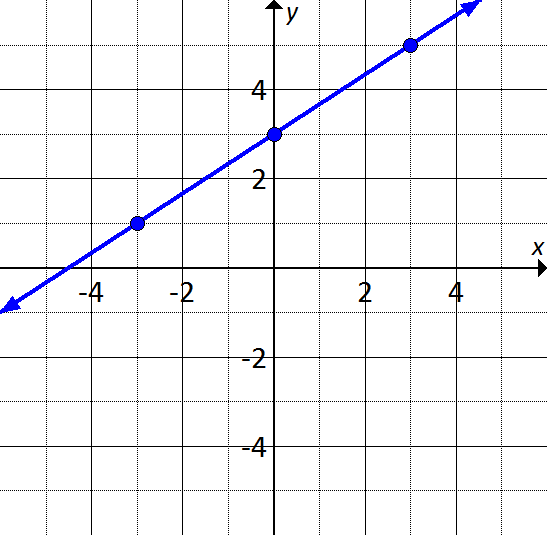
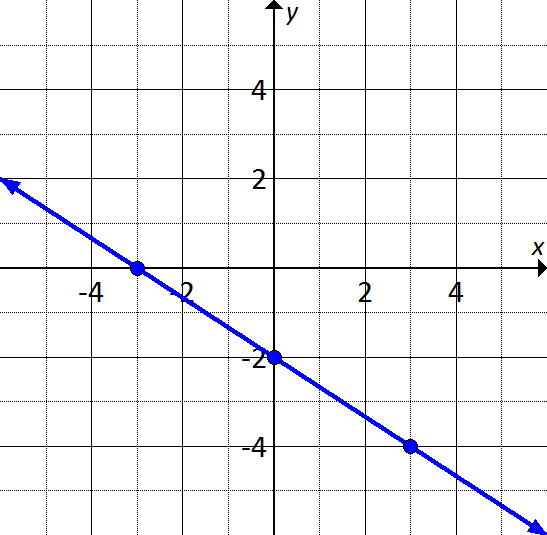

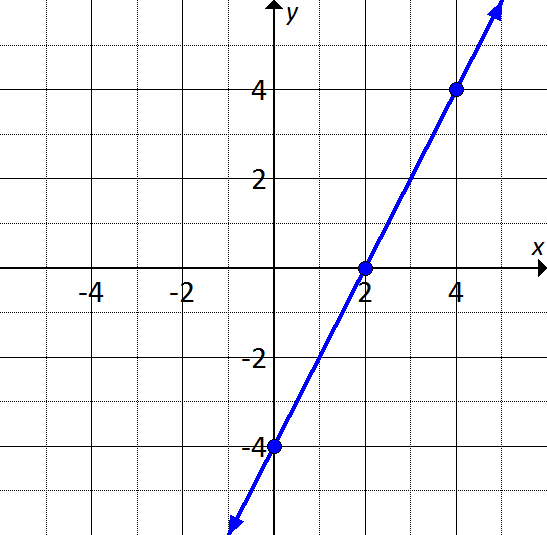
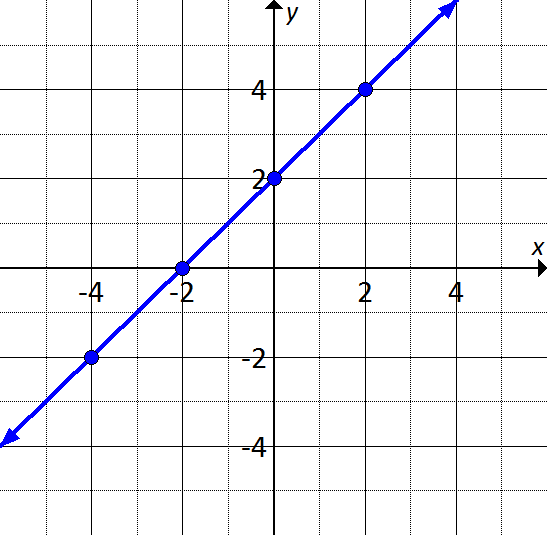
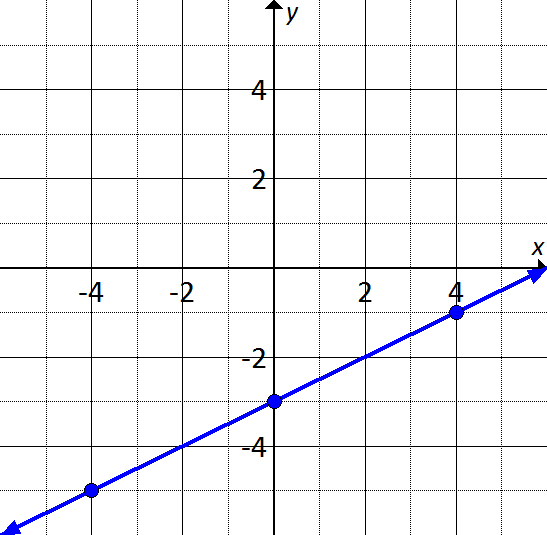
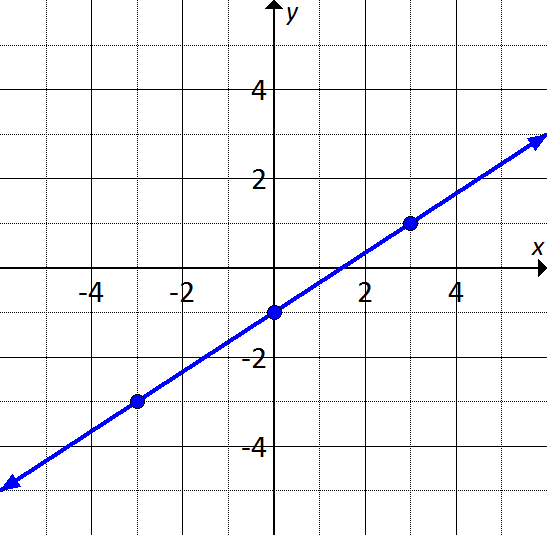

.bmp)











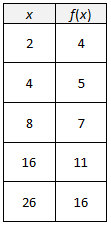

.bmp)

.bmp)



.bmp)
